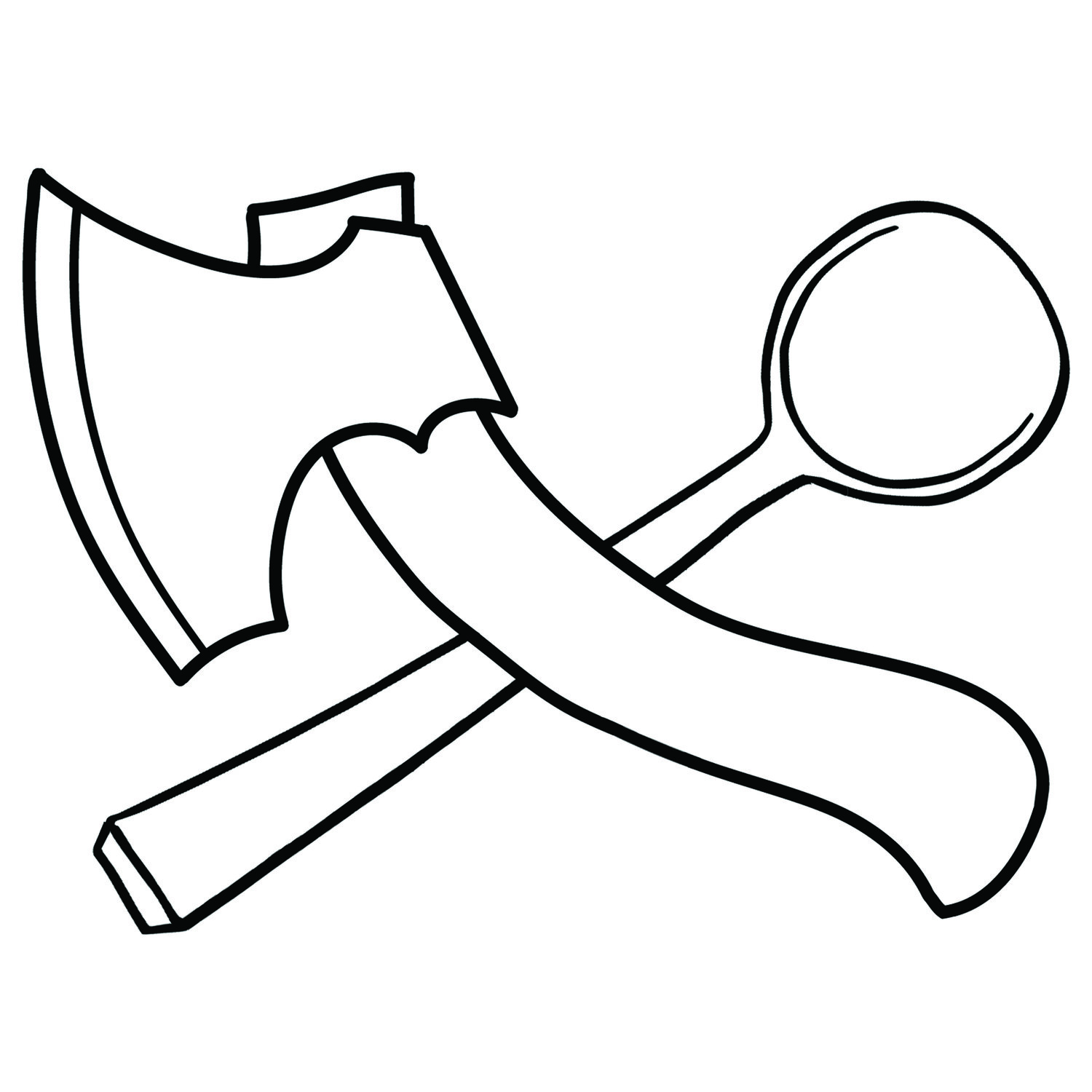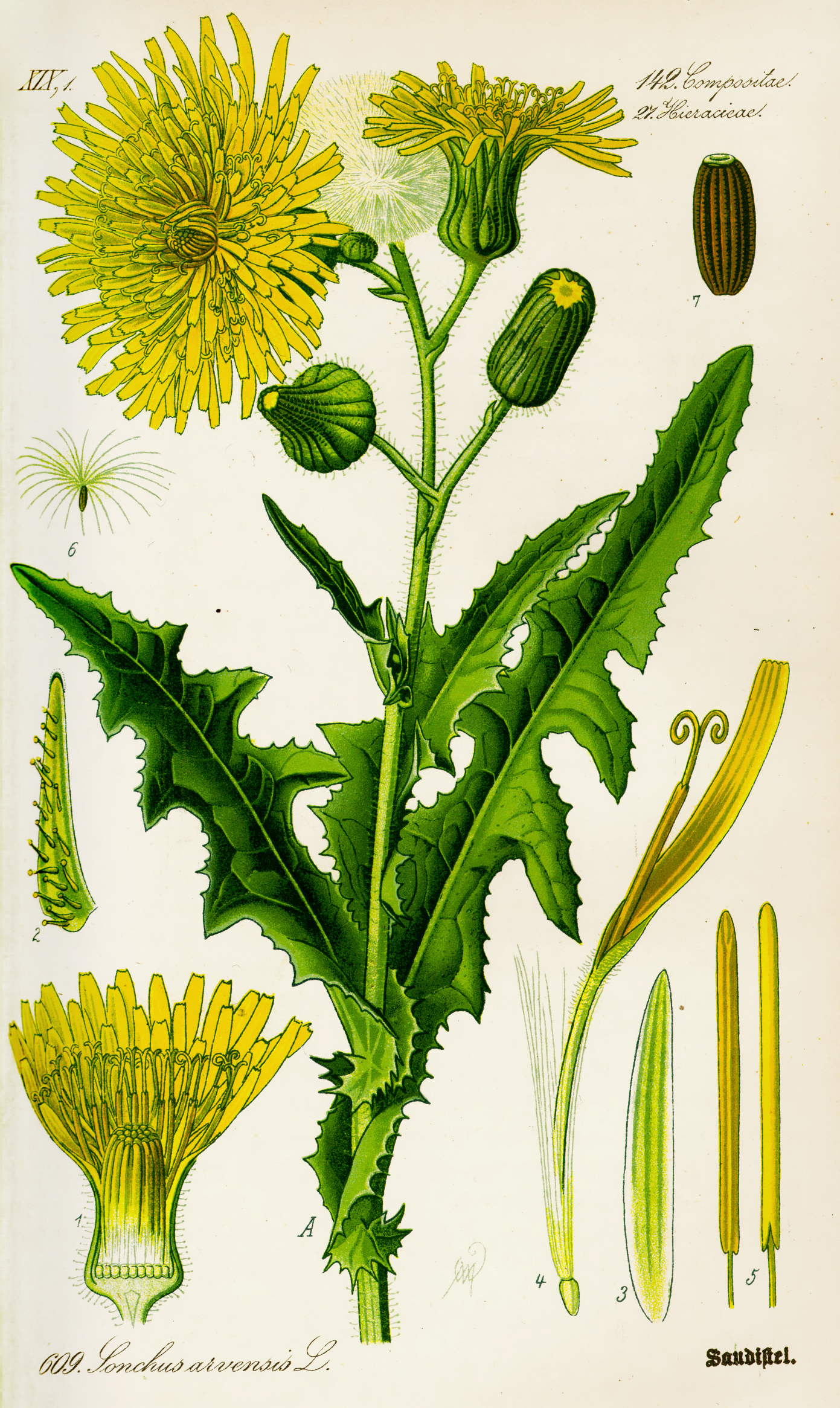Top 5 Wild Edible Plants to Forage
Spring is in the air here in Wisconsin. Strange green things are starting to emerge from the ground. Some of them are make tasty snacks! Here are five tasty and easy-to-find edible wild plants.
Before you head off an try a few of these delicacies for yourself I would recommend either spending some time with an expert, or getting a good Field Guide to properly identify the plants. One reason I like these five plants is that they're easy to identify.
Be responsible with your foraging. Searching for, and eating wild food is a rewarding way to connect with your local environment. Remember that other species rely on these plants too. A good rule of thumb when foraging wild edibles is to only take from every seventh plant you find. This ensures that these wild edible plants can propagate and continue to supply you with wild food for years to come.
Dandelion
The whole of the dandelion plant is edible. You can make dandelion tea, roast the roots for dandelion coffee or just pick the young leaves for a green salad.
Cattails
Cattails are another edible wild plant with lots of different parts you can enjoy. For some recipes click here.
Plantain
Not to be confused with the banana-like plant of the same name, this little weed has edible leaves you can boil like kale or spinach. The seeds can also be boiled like rice, or ground into flour. Some nice recipes here.
Ramps
One of the first edible plants to emerge in Spring, ramps are flavourful and nutritious. You often smell them before you see them. They don't hang around for long, so here's a recipe that will let you store them for a while longer.
Morels
Morel mushrooms, good luck finding these! Morel mushroom hunting is a serious activity for a lot of folks. Those that have a good hunting ground are often quite secretive about it. Although there is a Wisconsin morel hunting Facebook Group.
What are your favourite wild foods? Do you have any recipes you'd recommend? Let me know in the comments.





